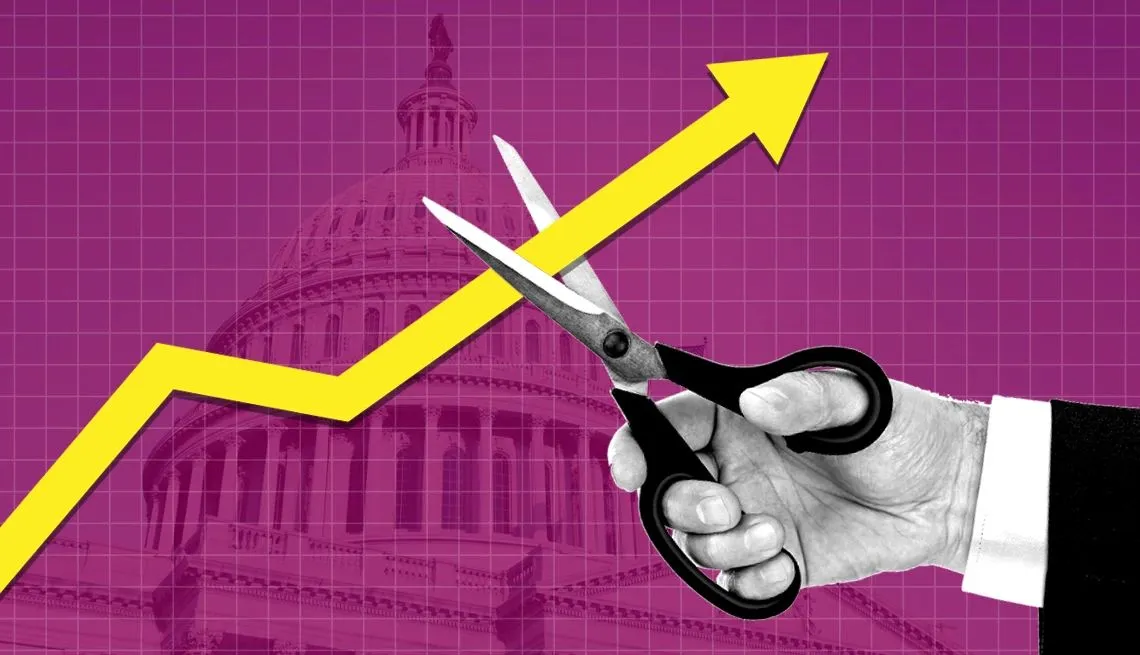Crypto market kicks off August in the red amid economic uncertainty, weak job numbers, and new trade policies.
The cryptocurrency market commenced August on unstable footing, as prominent digital currencies such as Bitcoin, Ethereum, and XRP experienced significant declines. These downturns are a result of a series of notable macroeconomic events in the United States, including unexpectedly dismal labor market statistics and newly introduced trade policies. Collectively, these elements have unsettled investors and created uncertainty in global financial markets, including the cryptocurrency sector.
U.S. Job Growth Falls Short of Projections — and Then Some
The most urgent development originated from the U.S. Department of Labor, which published concerning employment statistics for July. The report indicated that the U.S. economy generated merely 73,000 nonfarm payroll jobs—substantially lower than the 110,000 anticipated by economists consulted by Reuters.
Even more alarming was the significant revision of June’s figures. Initially reported to reflect an increase of 147,000 jobs, the number has now been revised downward to a mere 14,000. This drastic adjustment implies that the labor market is deteriorating at a much faster rate than previously thought.
The disappointing figures have prompted serious concerns regarding the overall vitality of the U.S. economy. A deceleration in job creation suggests a decline in business confidence and consumer spending capacity—two fundamental drivers of economic expansion. Investors reacted swiftly, with both traditional and digital asset markets witnessing immediate sell-offs.

Source: Ualberta
Market Reactions: "Worse Than Anyone Expected"
Helen Given, the head of trading at Monex USA, did not hold back in her evaluation. In an interview with Reuters, she characterized the figures as "worse than anyone expected" and referred to the revision of June's data as "downright shocking."
Given also highlighted that these outcomes are consistent with recent comments made by Federal Reserve Chairman Jerome Powell, who indicated that the Fed would maintain interest rates at their current levels for the time being, while stressing the significance of forthcoming labor reports in shaping future policy. With this initial set of data arriving so negatively, the September jobs report could now be pivotal in determining whether the Fed opts to lower rates.
Traders have taken note of this situation. As per the CME Group’s FedWatch Tool, the market now perceives a greater than 80% likelihood of a rate cut occurring in the near term—a swift shift in sentiment.

Source: AARP
New U.S. Tariffs Add Fuel to the Fire
As the market was processing the disappointing labor statistics, President Donald Trump enacted a comprehensive trade policy package that introduces new import tariffs on products from over 67 countries. These new tariffs, which range from 15% to 41%, are reportedly the highest implemented in more than a century.
Although these measures aim to safeguard domestic industries, they also pose a risk of intensifying global trade tensions, contributing to further volatility in an already anxious market. Investors generally react to such uncertainty by decreasing their exposure to higher-risk assets—and cryptocurrencies frequently bear the brunt of that pressure.
Crypto Market Responds Quickly and Dramatically
Following this influx of adverse news, the cryptocurrency market experienced a significant decline across the board. After concluding July with an 8% increase, Bitcoin has now decreased by over 4% in the last 24 hours. On the platform Coinmarketcap, Bitcoin is currently priced at $113,623.
Other prominent cryptocurrencies were also affected:
• Ethereum (ETH) experienced a decline of nearly 6%
• XRP fell by 3%
• Solana (SOL) registered a drop of 6.8%
The overall market capitalization of all cryptocurrencies diminished by roughly 3.3%, indicating a widespread retreat throughout the entire digital asset sector.
Final Thoughts: A Turbulent Beginning to August
August has commenced with instability for both the U.S. economy and the cryptocurrency sector. The combination of weak labor market statistics, uncertainty regarding Federal Reserve policies, and the implementation of historically high tariffs has generated a perfect storm for risk-averse sentiment.
Cryptocurrency markets are responding accordingly, as investors seek safety amid concerns of economic stagnation and tighter global financial conditions.
As the market anticipates the next labor data set in September and observes potential further actions from the Federal Reserve, one thing is evident: macroeconomic elements are once again at the forefront of the cryptocurrency narrative.